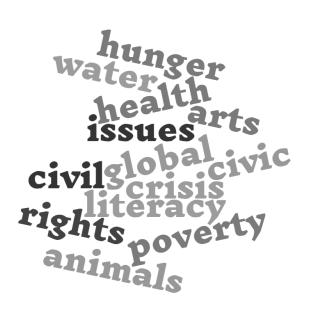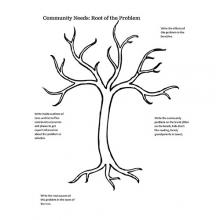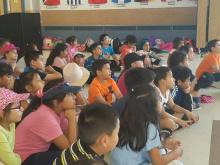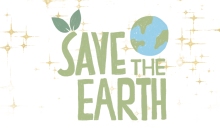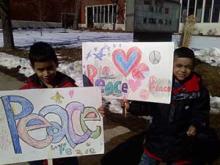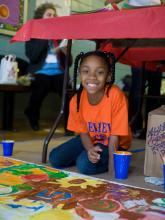Understanding Community Issues and Needs
Understanding Community Needs and Issue Areas
Learn more about the issues and needs communities face.
Get to the Root Activity
In this activity, participants use critical thinking to deconstruct an issue they care about. They identify an issue, explore the root causes and effects, and research who the experts are. This is a great way to build community, use creative expression, and come up with different approaches to the next best steps in the service-learning process. View Activity
Issue Area Toolkits
Youth Learn and Take Action on One of These 18 Issue Areas
Guides for youth, educators, group leaders, families, and community groups
These toolkits help youth dive deeply into and take action on specific issues they care about or have identified as areas of need in their community. Each toolkit includes background on the featured issue, community connections, project ideas, and planning guides.
Helping Neighbors
- Homelessness and Poverty - Breaking the general stereotypes associated with homelessness and poverty with information and ideas may greatly help individuals who are experiencing such struggles.
- Food and Hunger - The problem with hunger and malnutrition is more complex than access to healthy food, including multiple societal issues that youth can address with big and small actions.
- Immigration and Refugees - Some immigrants and refugees are treated with disrespect or even cruelty. Young people have the opportunity to speak up and raise awareness of the beauty of diversity and value of embracing people of all backgrounds and situations.
- Health and Safety - The health and safety of ourselves and others is important for a healthy community. Youth can advocate for healthy and safe choices for self and community, as well as learn about advocacy for good practices, disease research, anti-smoking/vaping, and mental health.
- Crisis Prevention and Response - When a crisis upends life or disaster strikes, whether caused by nature or humans, the humanitarian spirit of individuals and communities swells.
- Kindness - Kindness is hardly ever wrong in any situation. Patience, standing up to injustice, and generous listening can take courage, but focusing on small things we can control can make it more manageable.
- Inclusive Communities - Ensuring that all people feel included, supported, and seen is the work of building a community. Youth of all abilities may serve as culturally competent peers and ambassadors for their peers who are marginalized or misunderstood.
Civic Action
- Equity and Justice - As citizens of a fair and just society, we have the ability to take big and small actions to help us create a more equitable world.
- Voting and Civic Participation - Preparing youth for responsible citizenship includes caring for others and the common good, understanding how government, business, and nonprofit systems work, following current events, learning how to identify reliable information, listening to diverse points of view and having civil conversations, voting, and advocating for a cause.
- Women and Gender - Women around the world face challenges at all levels of income, education, global development, and age. In addition, anyone who identifies as transgender, gender fluid or nonbinary frequently faces judgment, discrimination, hate, even violence.
Environmental Themes
- Humans and the Environment - Young people looking to a sustainable future may learn about the wonders of nature, aging water pipes, environmental contamination, plastics in the ocean, overuse of natural resources, and air pollution.
- Animal Advocacy - Love of animals may motivate youth to learn about threatened or mistreated animals. They may volunteer at the local shelter or donate toys and treats. They may choose to become vegetarian or teach others about cruelty-free farms.
Communication and Advocacy
- Neuro and Physical Diversity - Society is enriched when it embraces our differences as gifts and characteristics to understand and respect. Awareness can change attitudes, laws, and opportunities.
- Veterans and People Who Serve - Get to know the stories of people who represent a life of service. They may be veterans who chose to serve in the military or elderly friends who have served as activists or volunteers for different issues.
- Global Issues and Goals - The U.N. established 17 Sustainable Development Goals to guide service. From poverty to education to environment and refugees, the issues of the world are the issues of our communities.
- Advocacy - Teaching youth at the earliest ages about using their voice prepares them to be civically engaged now and later.
Creative Arts
- Art and Culture - The nonprofit sector assures we have the arts through which people gain joy and explore and discuss the themes of life. Art may be an expression and communication tool to advocate for issues.
- Literacy - Young people can build literacy in their community by surrounding children with language, making reading a routine, having a variety of reading materials available, and playing games and doing art that sparks playful conversation.
